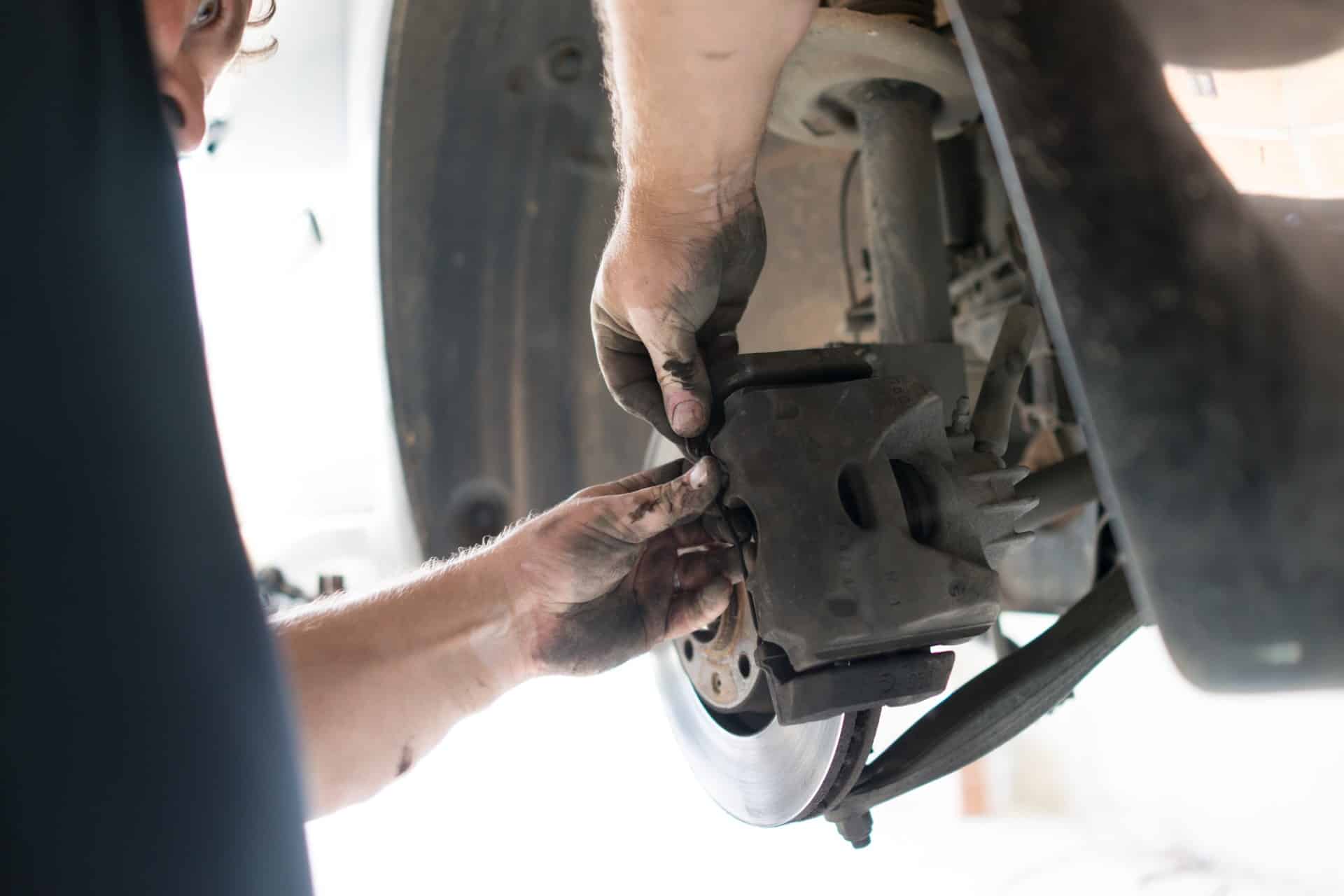How CMMS Software Can Ensure Proper Fleet Maintenance
Fleet managers often overlook maintenance procedures as well as maintenance solutions because of the challenges that come with introducing a new software solution to the fleet. Managers need to research vendors, go through sales processes, justify the cost and then train their team. What fleet managers don’t realize is the potential of Computerized Maintenance Management System (CMMS) solutions and how they can prevent issues that would otherwise create great challenges for fleets to deal with.
Mistakes That Can Be Avoided by Leveraging Computerized Maintenance Management System (CMMS) Solutions
Automation
Remaining on top of fleet maintenance tasks is challenging, independent of the number of mobile assets. Fleet managers using outdated processes to manage vehicle maintenance spend a long amount of time manually entering data and trying to get in touch with mechanics.
Computerized Maintenance Management System (CMMS) software automates fleet maintenance tasks to maximize efficiency. Fleet managers can put together maintenance workflows to eliminate manual data entry, improve communication, reduce downtime and control expenses.
Automating fleet maintenance saves countless hours by streamlining maintenance tasks. Whether a fleet manages their fleet maintenance in house or outsources it to a third party, CMMS allows you to automate tasks to improve fleet uptime.
Expenses and Reporting
Computerized maintenance management software is most important for its ability to aggregate all fleet data and provide hard numbers for analysis and improvement. Measuring the success of your fleet maintenance program is imperative, as vehicle maintenance is the largest ongoing cost for fleets.
This type of software provides valuable insight into the maintenance program by providing a service history from repairs completed to detailed cost reporting. Fleet managers can create and share reports regarding key data that includes:
- Service line items and cost summaries
- Lifetime service costs by asset
- Downtime Reporting
- Scheduled vs unscheduled maintenance
- Most common service activities across a fleet
- Vehicle operation costs
- Total fleet operating cost by month
Software solutions like this provides a deep look at a fleet’s performance and automatically calculate a fleet’s true total cost of ownership (TCO). By automating fleet maintenance processes, fleet managers have the time to analyze the reports and determine the best strategies to improve operations.
Integrations
Fleets utilize a GPS and telematics system to track vehicle location or use fuel cards for ease of use and fuel perks. Pairing these tools with CMMS software, like ZenduMaintenance, or otherwise known as ZenduMA, can boost fleet maintenance procedures. It will allow fleets to capture all fleet data in one place and get a complete view of a fleet’s overall health.
Using computerized maintenance management system software will allow the capturing of odometer readings, making it easier to keep up with maintenance tasks. The telematics tools being used can also send diagnostic trouble codes and engineer fault alerts to the CMMS software, so the fleet will be alerted immediately.
Mobility
The problems with fleet maintenance on paper and spreadsheets is the lack of visibility and communication across a fleet. Whereas, using a mobile app will help managers track and manage their fleet independent of the location. It allows operators to conduct mobile inspections in the field to instantly notify fleet managers of any issues. Using a CMMS software with a mobile app, users can view and access real time maintenance data including:
- Vehicle specs
- Service and renewal reminders
- Inspection results (DVIR)
- Work orders
- Service history
- Engine fault alerts
- Parts and inventory levels
- Repair requests
- Vehicle recall notices
- Maintenance costs
Ease of Use
CMMS software like ZenduMA is one that is intuitive and simple to use. ZenduMaintenance uses a dashboard for users to view all fleet maintenance data at a glance, as well as easy to use features like streamline work order creation and performing vehicle inspections through clicks and swipes.
To begin using a computerized maintenance management system, fleets should first bulk upload the Vehicle Identification Numbers (VIN) into a VIN decoder. Almost immediately, over 90 vehicle specifications are instantly populated into CMMS for creating service schedules based on Original Equipment Manufacturer (OEM) recommendations.
How ZenduMaintenance Is A Great CMMS Option To Be Considered
The biggest challenge with proper maintenance to take place is the extensive amount of work required by the fleets, which is why ZenduMaintenance is a great option to be considered. It provides fleets with work order management, preventive maintenance scheduling, inventory, and parts management, purchasing, custom reporting and maintenance cost accounting tools.
ZenduMA is great when it comes to preventing downtime, faster repairs, increasing fleet visibility, and providing real time vehicle diagnostics. When discussing the diagnostics provided, it automatically captures odometer readings, engine hours, voltage, temperature, fuel consumption, power takeoff (PTO) and tire pressure, directly from the vehicle engine control unit (ECM).
It specializes in creating custom list views and reports with the advanced filtering system to improve your equipment reliability, streamline processes and reduce costs. Good maintenance means good business, and ZenduMA will ensure your fleet follows proper maintenance procedures and improve performance while saving on costs by solving problems before they worsen.
Implementing proper maintenance procedures is hard because maintenance procedures often tend to get overlooked, but the story is different with CMMS software. Implementing a strong maintenance management program is quite the challenge – especially given how complex the logistics industry has become, but the ROI is worth it. To learn more, GoFleet is readily available to help you deal with your pain points. Contact us today.

